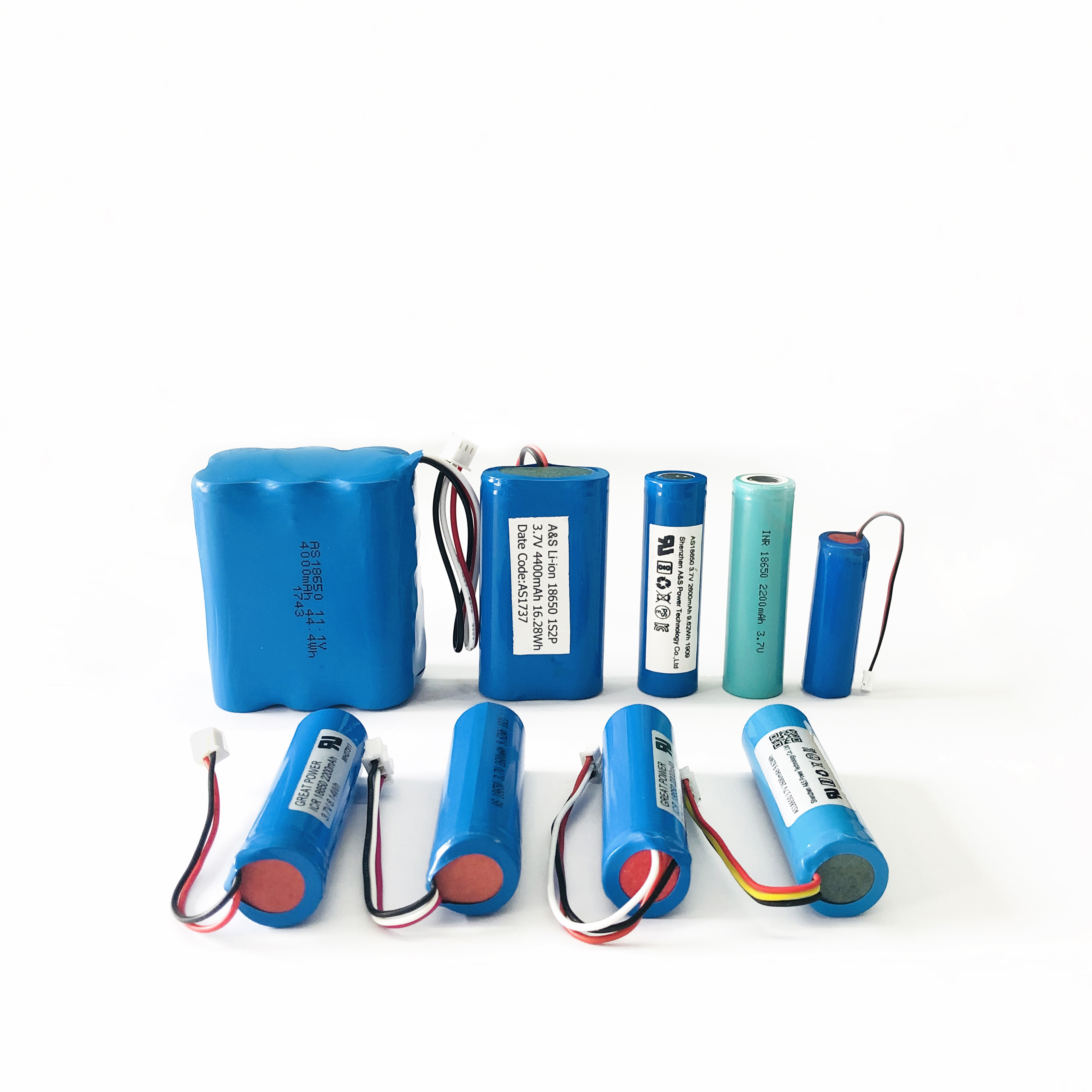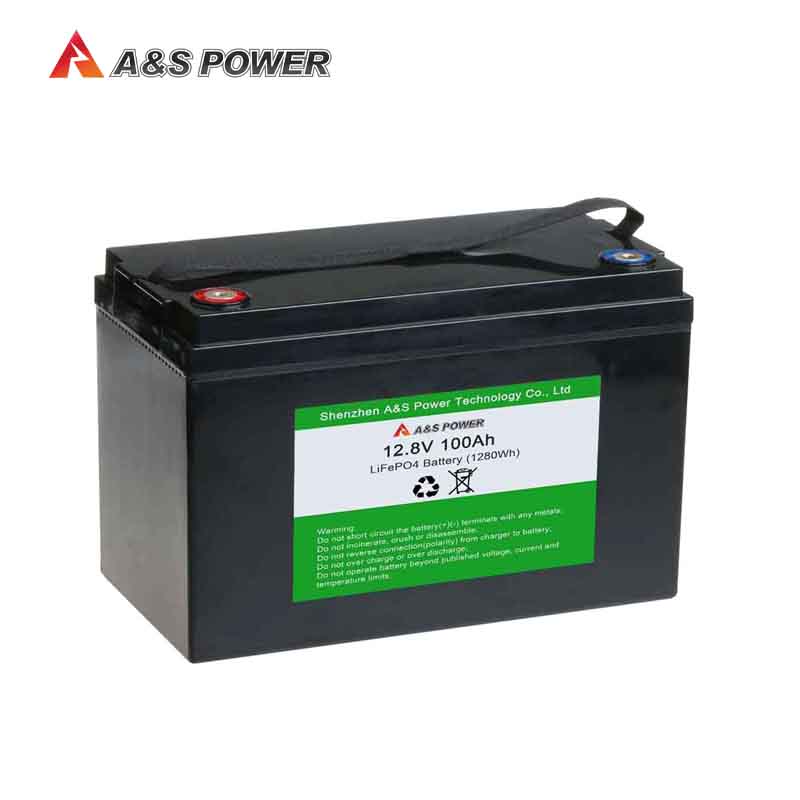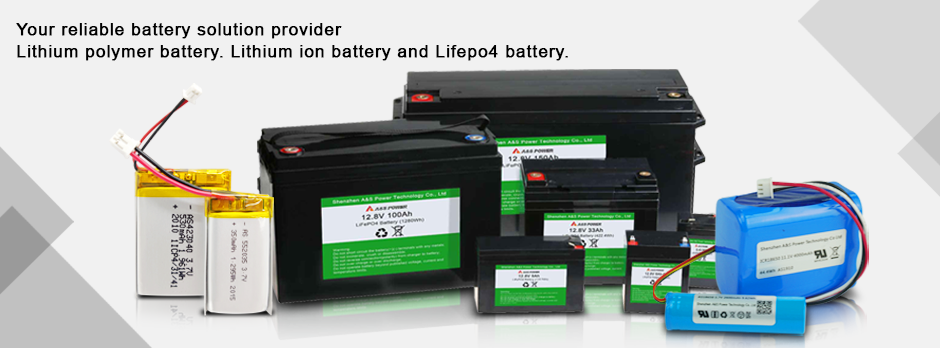Influence factors and measurement method of self-discharge of lithium ion battery
2021-09-14
Influence factors and measurement method of self-discharge of lithium ion battery
The self-discharge reaction of lithium ion battery cannot be prevented. Its existence not only leads to the reduction of battery capacity, but also seriously affects battery configuration and cycle life.The self-discharge rate of lithium-ion batteries is generally 2% ~ 5% per month, which can fully meet the requirements of single batteries.
Monomer lithium ion battery, however, once assembled into modules, due to the characteristics of every single lithium ion battery are not completely consistent, so every time after the charge and discharge, the voltage of the monomer of lithium ion battery is unlikely to be completely consistent, thus appeared in the lithium ion battery module battery charge or discharge of the monomer, monomer lithium ion battery performance will be deterioration of initiation.With the increase of charging and discharging times, the deterioration will be further aggravated, and the cycle life of the battery will be greatly reduced compared with that of the single battery in the unconfigured group.Therefore, it is urgent to study the self-discharge rate of lithium ion battery.
Battery self-discharge phenomenon refers to the battery in open use, its capacity spontaneous loss phenomenon, also known as charge holding capacity.Self-discharge generally can be divided into two types: reversible self-discharge and irreversible self-discharge.Reversible self-discharge can be compensated reversible capacity, which is similar to normal battery discharge reaction.The loss of capacity can not be compensated for the self-discharge is irreversible self-discharge, the critical reason is the irreversible reaction occurred inside the battery, including positive electrode and electrolyte reaction, negative electrode and electrolyte reaction, electrolyte with impurities caused by the reaction, and made of impurities caused by the micro short circuit caused by the irreversible reaction.The influencing factors of self-discharge are described below.
1 Cathode material
The important influence of the cathode material is that the transition metal and impurities of the cathode material precipitate in the negative electrode, which leads to the internal short circuit, thereby increasing the self-discharge of lithium ion battery.Yah-meiteng et al studied the physical and electrochemical properties of two LiFePO4 cathode materials.It is found that batteries with high iron impurity content in raw materials and in the process of charging and discharging have high self-discharge rate and poor stability. The reason is that iron gradually reduces and precipitates in the negative electrode, punctures the diaphragm, and causes short circuit in the battery, resulting in high self-discharge.
2 anode material
The critical effect of anode material on self-discharge is due to the irreversible reaction between anode material and electrolyte.As early as 2003,Aurbach et al. proposed that the electrolyte was reduced to release the gas, exposing the graphite portion of the surface to the electrolyte.In the process of charge and discharge, the graphite lamellar structure is easy to be destroyed when the lithium ion is inlaid and prolapsed, resulting in a large self-discharge rate.
3 the electrolyte
The influence of the electrolyte is: electrolyte or impurities on the corrosion of the negative electrode surface;Dissolution of electrode material in electrolyte;The electrode is overturned by the insoluble solid or gas analyzed by the electrolyte, forming passivation layer, etc.At present, a large number of researchers are working to develop new additives to inhibit the influence of electrolyte on self-discharge.JunLiu et al. added VEC and other additives to the electrolyte of MCN111 battery, and found that the high temperature cycling performance of the battery improved, and the self-discharge rate generally decreased.The reason for this is that these additives can improve the SEI film, thus protecting the negative electrode of the battery.
4 Storage Status
Storage temperature and battery SOC are the general influencing factors of storage state.In general, the higher the temperature, the higher the SOC, and the greater the battery self-discharge.Takashi et al. conducted capacity attenuation tests on lithium iron phosphate batteries under standing conditions.The results show that with the increase of temperature, the capacity retention rate decreases with the use time, and the battery self-discharge rate increases.
Liu Yunjian et al. used the commercial lithium manganate power lithium-ion battery and found that with the increase of the charge state of the battery, the relative potential of the positive electrode is higher and higher, and its oxidation is also stronger and stronger.As the relative potential of the negative electrode becomes lower and lower, its reducibility becomes stronger and stronger, both of which can accelerate the precipitation of Mn and lead to the increase of self-discharge rate.
5 Other factors
Many factors influencing the battery self-discharge rate, in addition to the above several parsing, matter also has the following aspects: in the process of machining, the initiation of burr, cutting a little while due to the processing environment and the introduction of impurities in the battery, such as dust, sheet metal powder and so on, these all can cause micro battery internal short circuit;The external environment is wet, the insulation of the external line is not complete, the isolation of the battery shell is poor, and so on. When the battery is stored, there is an external electronic loop, which leads to self-discharge.During a long period of storage, the bond between the active substance of the electrode material and the collector fails, leading to the shedding and stripping of the active substance, which leads to the reduction of capacity and the increase of self-discharge.Each of the above factors or a combination of factors can cause self-discharge behavior in lithium-ion batteries, which makes it difficult to find the cause of self-discharge and estimate the storage performance of batteries.
Method for measuring discharge rate
According to the above decomposition, the self-discharge rate of lithium ion batteries is generally low.The self-discharge rate itself is affected by the temperature, the number of cycles and SOC, so it is very difficult and time-consuming to accurately measure the self-discharge of batteries.
1. Traditional measurement method of self-discharge rate
At present, there are three traditional self-discharge testing methods:
● Straight measurement method
First, the measured cell will be charged to a certain state of charge, and maintain open circuit shelving for a period of time, and then discharge the cell to determine the capacity loss of the cell.Self-discharge rate:
Where :C is the rated capacity of the battery;C1 is the discharge capacity.After open circuit is used, the remaining capacity of the cell can be obtained by discharging the cell.At this time, the cell again for several charge and discharge cycle operation, to determine the full capacity of electric garlic at this time.This method can determine the irreversible capacity loss and reversible capacity loss.
● Open circuit voltage attenuation rate measurement method
The open circuit voltage is directly related to the SOC of the battery. As long as the change rate of OCV of the battery is measured within a period of time, that is:
This method is simple to operate. It only needs to record the voltage of the battery in the interval at any time, and then the state of charge of the battery at that time can be obtained according to the corresponding relationship between the voltage and battery SOC.The self-discharge rate of the battery can be obtained by calculating the attenuation slope of the voltage and the attenuation capacity corresponding to the unit time.
● Capacity retention method
The battery's self-discharge rate is determined by measuring the open circuit voltage or charge required by the battery's SOC.The battery self-discharge rate can be considered as the charging current measured while maintaining the battery's open circuit voltage.
2 self discharge rate rapid measurement method
Because the traditional measurement method takes a long time and the measurement accuracy is insufficient, the self-discharge rate is only used as a method to screen whether the battery is qualified in most cases in the battery testing process.A large number of novel and convenient measurement methods have been developed, which can save a lot of time and energy for the measurement of battery self-discharge.
● Digital control technology
Digital control technology is a new self-discharge measurement method based on the traditional self-discharge measurement method.This method has the advantages of short measuring time, high precision and simple equipment.
Follow us and explore more! 👉 Facebook














